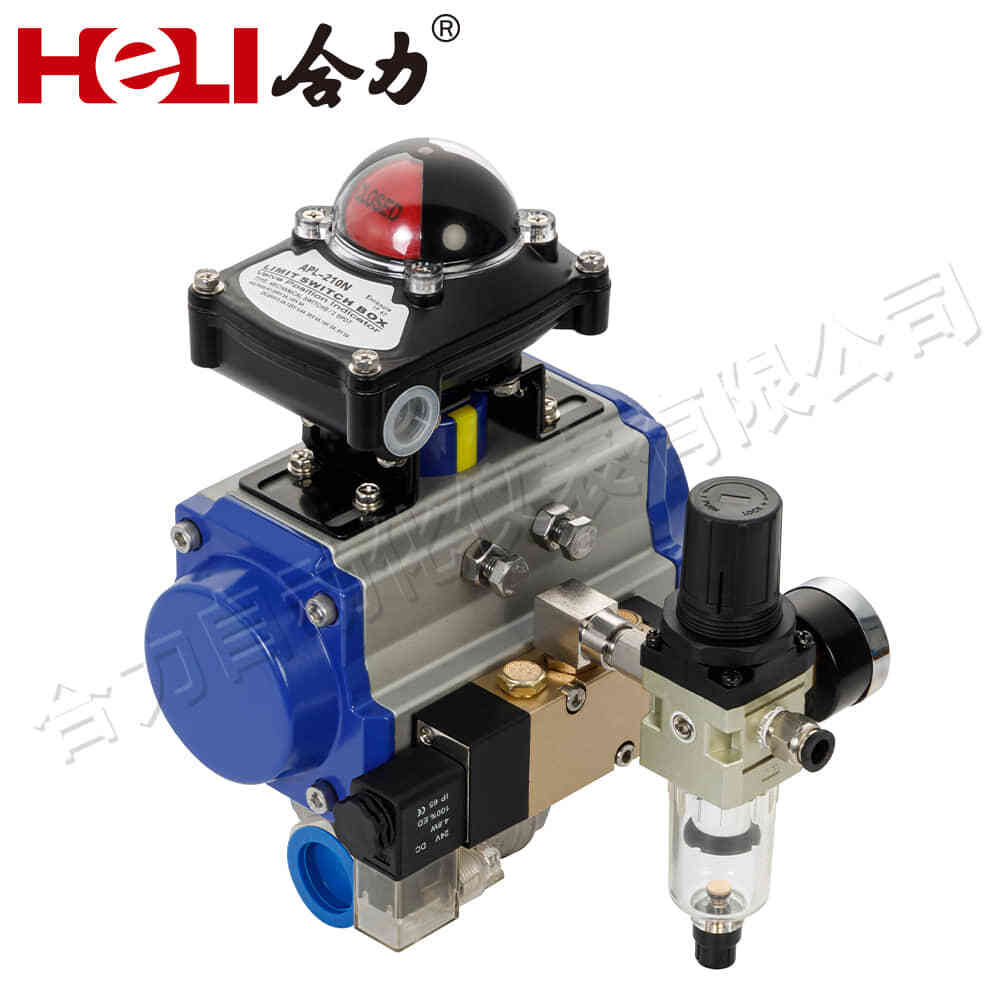Pneumatic actuators are vital components in many industrial processes, leveraging compressed air to create mechanical motion. These devices play a crucial role in automation, facilitating the movement of various systems with precision and efficiency. In this article, we will explore the fundamentals of pneumatic actuators, their applications, and the advantages they offer over other types of actuators.

What is a Pneumatic Actuator?

A pneumatic actuator converts the energy from compressed air into mechanical work. This process typically involves a cylinder, a piston, and a series of control valves that direct the flow of air into the cylinder. When compressed air is introduced, it pushes the piston, which in turn moves a connected mechanism, such as a valve or a lever. The direction and speed of the actuator can be controlled by adjusting the air pressure and flow rate. Pneumatic actuators are commonly classified into two types: linear and rotary. Linear actuators produce straight-line motion, while rotary actuators provide rotational movement. Both types are essential in various applications across different industries, including manufacturing, food processing, and pharmaceuticals.

Leave a Reply